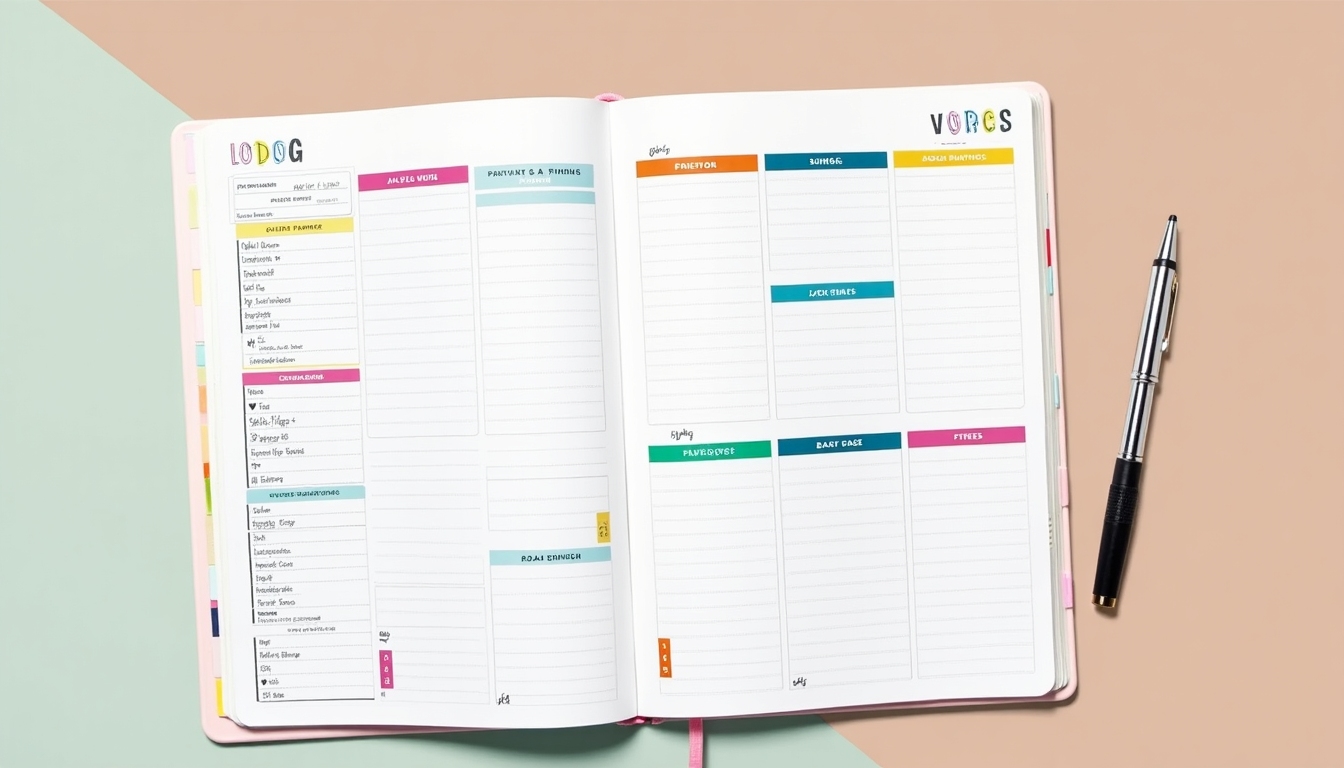Understanding Behavioral Activation Techniques for Anxiety
Behavioral Activation (BA) is a therapeutic approach designed to help individuals combat anxiety by promoting engagement in meaningful activities. It focuses on changing behaviors to improve emotions.

What are Behavioral Activation Techniques?
Behavioral Activation techniques are based on the premise that we can elevate our mood by increasing engagement in rewarding activities. These techniques employ the simple yet profound idea that action can alter feelings; it's about breaking the cycle of avoidance that often fuels anxiety.
Key Techniques Include:
- Activity Scheduling: Planning activities that are aligned with personal goals and values.
- Task Analysis: Breaking tasks into smaller, manageable steps.
- Graded Task Assignment: Gradually increasing the complexity of tasks to match skill levels.

How Behavioral Activation Helps with Anxiety
Anxiety often hampers our willingness to engage in everyday activities, causing a cycle of avoidance and increased anxiety. BA helps break this by encouraging positive reinforcement through action. The focus on doing rather than dwelling is transformative for managing anxiety:
- Reduces Avoidance Behavior: By doing rather than overthinking.
- Increases Shared Experiences: Through group activities in family therapy sessions.
- Supports Emotional Wellness: Improves mood by aligning activities with desired emotional outcomes.

Personal Insights and Experiences
My first encounter with Behavioral Activation involved a simple act of gardening. At first, it seemed trivial; however, the tactile engagement and seeing plants grow each day was incredibly fulfilling. Gardening became a metaphor for nurturing my mental well-being.
Gradually incorporating activities that brought a sense of accomplishment was a cornerstone in my journey toward overcoming anxiety. From walking in the park to joining local community classes, the spectrum of experiences enriched my life—every small step towards activity contributed to managing my anxiety.

Family Therapy and Wellness
Behavioral Activation doesn't only apply to individuals but also finds profound applications in family therapy. Integrating family members in BA techniques fosters communication, collaboration, and mutual support. Here are some ways families can use BA to boost wellness:
- Weekly Family Meetings: Set aside time to discuss and plan activities.
- Shared Projects: Work together on projects, like cooking or home renovation.
- Physical Activities: Engage in activities such as hiking or cycling, promoting both health and bonding.

Summary
Behavioral Activation techniques are effective tools in managing anxiety by encouraging active engagement with life. Whether used individually or within family therapy, these methods help create a healthier, more emotionally balanced lifestyle. By moving towards rather than away from what matters, BA provides a pathway to a refreshed self-awareness and enhanced family wellness.
Recommended Reading
Explore these topics to deepen your understanding:
- Behavioral Activation Techniques: Understanding the Basics
- Family Therapy for Anxiety: Building Wellness Together
- Practical Steps Towards Overcoming Anxiety with Therapy
Discuss Here